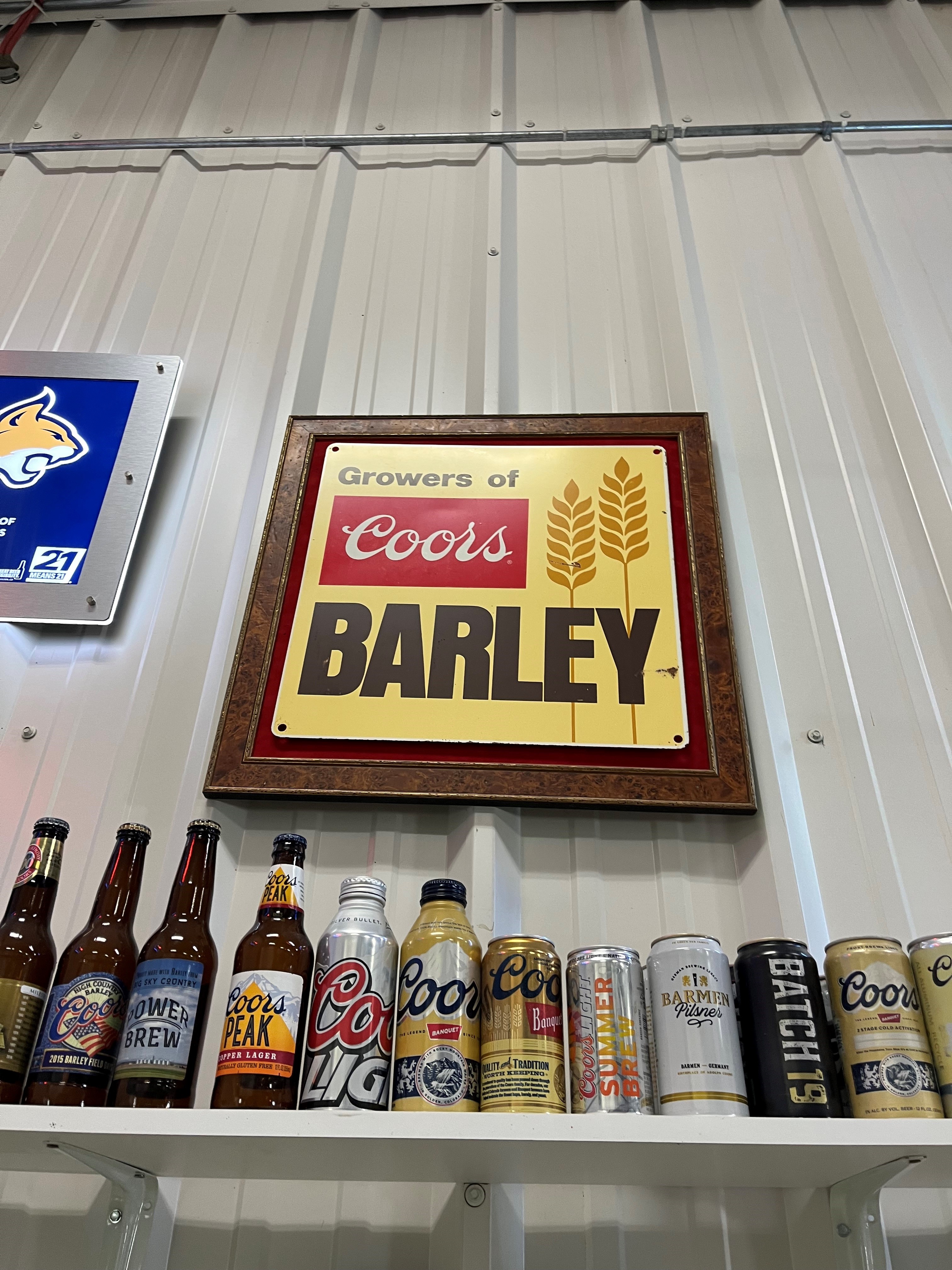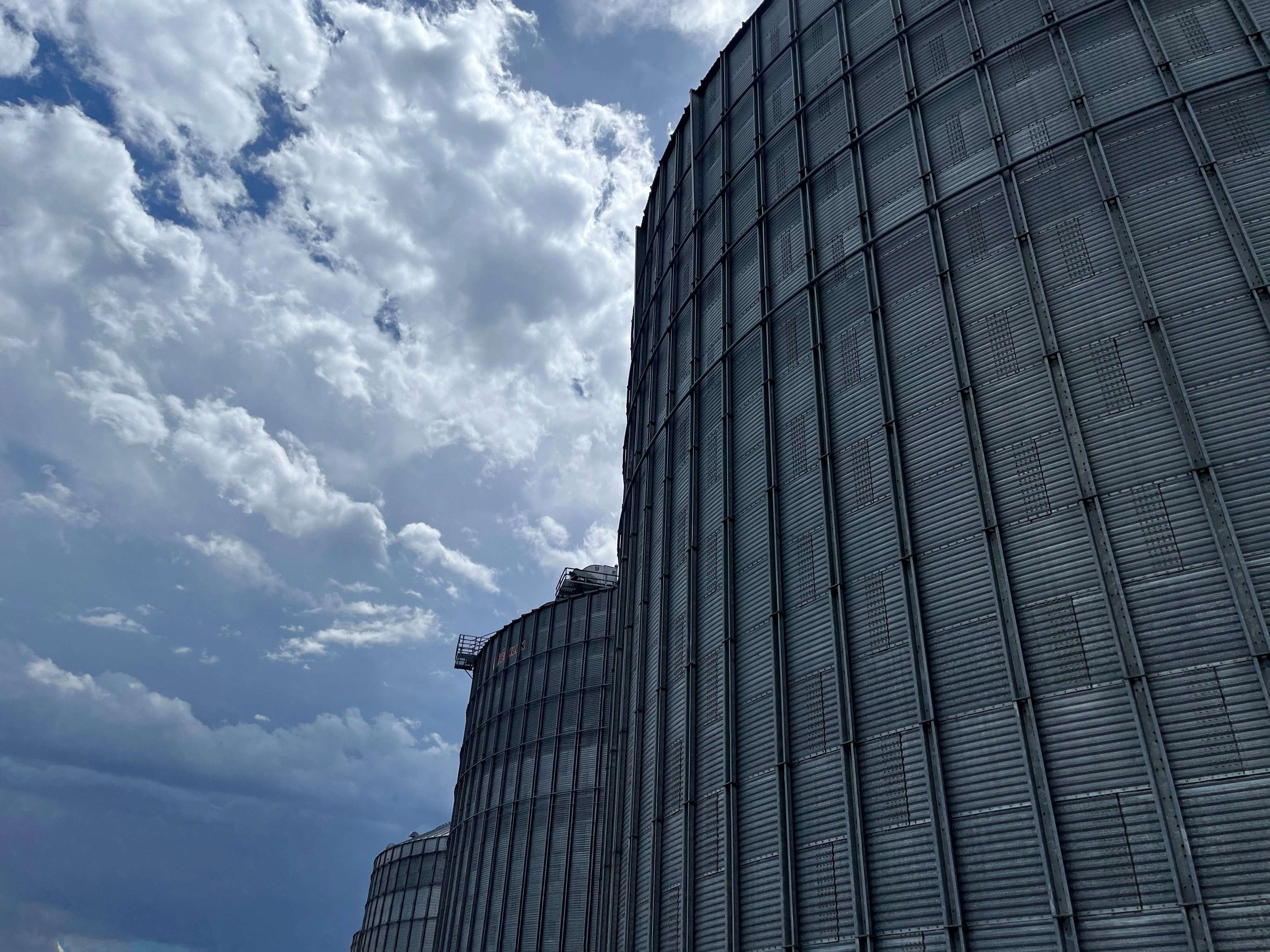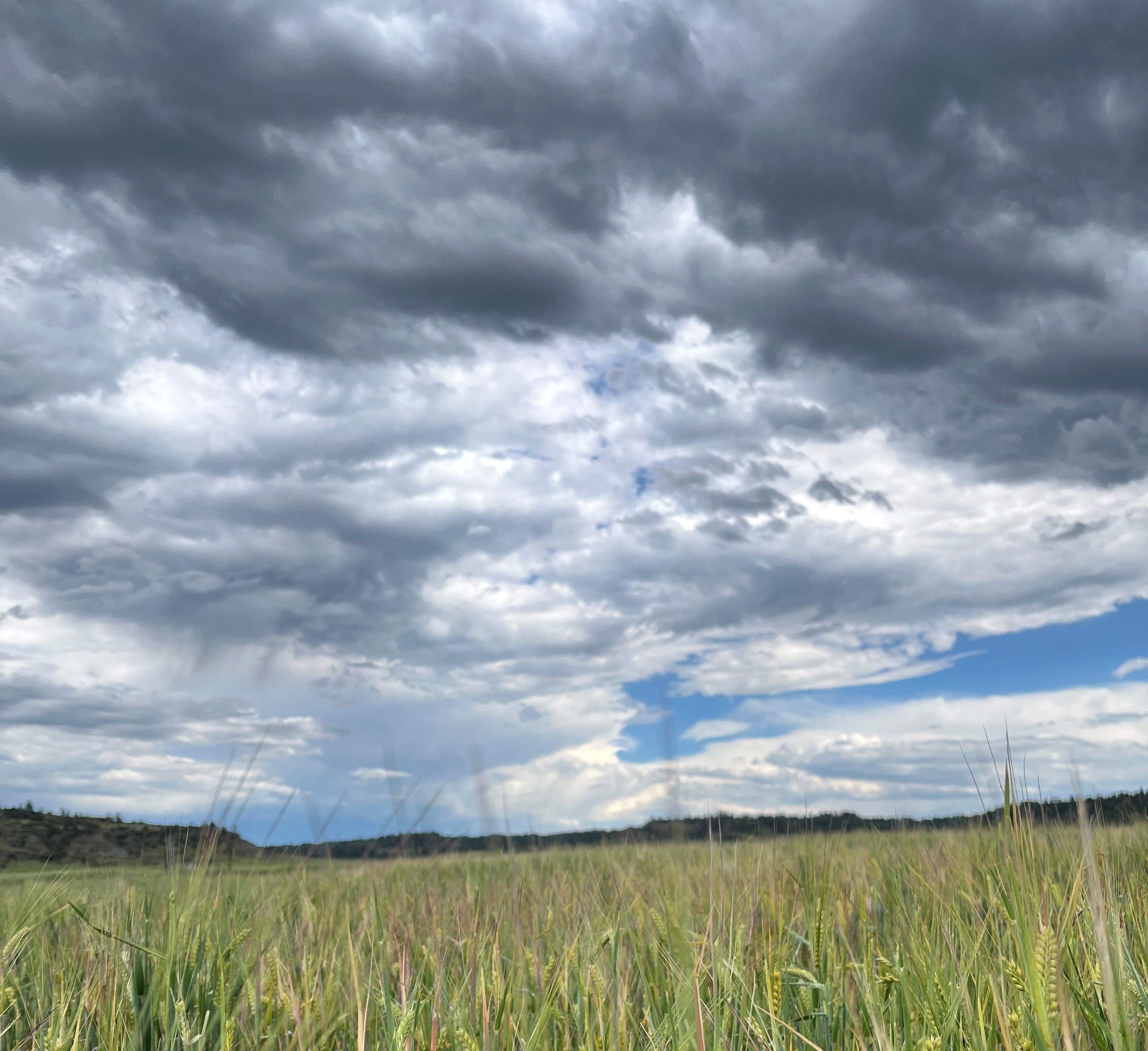✓ Molson Coors’ industry-leading barley program provides all the barley it needs for U.S. production
✓ The company works with nearly 800 growers across four states and in Canada
✓ Technology and sustainability are making the program more effective
BIGHORN, MONT. – Standing near 2,600 acres of green-tipped barley poking out of the soil, Bob Strecker savored a sip of Coors Banquet. The air was damp and heavy and the beer was cold, made better by the fact that he raised the barley used to make it.
“What are the odds you raised this barley?” he says his friends often ask. “It’s kind of fun…(I) take a lot of pride in it.”
Stecker has grown barley for Molson Coors and its predecessors since 1984, one of about 800 growers across four western states that provide the beverage company with hundreds of millions of pounds of Moravian two-row barley for its beers every year.
Founded in 1946, the industry-leading program supplies Molson Coors with all the barley needed to produce its domestic beers, and 20 percent of the barley for its Canadian operations.
What began as an experiment has grown to encompass hundreds of growers who tend to more than 200,000 acres in prime barley-growing regions in the U.S.: Colorado, Idaho, Montana and Wyoming. A smaller program in Canada uses barley grown in Alberta. It’s a key part of the company’s supply chain, a competitive advantage that provides a guarantee of high-yield, quality barley – or at least as much of a guarantee as Mother Nature allows.

“It gives us consistency for our malthouse and for our brewhouses to produce great beer,” says Brian Erhardt, Molson Coors’ chief supply officer. “What the team strives for is reducing variation, improving yields. And it’s actually amazing to see the progress they’ve made over the decades to get higher-yield, more-consistent product, so our beers can be the same every time when we brew them.”
And it gives Molson Coors, as Wade Malchow, the barley program’s senior manager, describes it, “the world’s best brewing barley.”
Hand in hand
The barley program has evolved over the years to include a team of researchers based in Idaho who crossbreed variants of barley, developing new ones that can withstand growing conditions that have gotten harsher over the last few decades.
“Our varieties yield more. That’s just a fact,” Malchow says. “We help a grower have more income because they have a higher yield per acre. And that’s critical for their success. So our barley variety development program is a key part of why we have a competitive advantage out here.”
But the quality of the seed is just one component of the far-reaching program.

“(Molson Coors understands) what the farmer goes through, what it takes to raise a good barley crop up here in Montana,” says Strecker, whose family farm in Bighorn, Mont., marks 50 years of operation this year. “Anything they give to us to raise, we know that it’s going to be a good variety to raise.”
Growers are tended to by a team of seven Molson Coors agronomists who are on the ground with them, consulting on growing conditions and helping implement best practices with regards to water efficiency, soil health, pest control and more.
“We want them to make the most efficient decisions and use those resources that they do use the most efficient way possible and get the most barley for the resources invested,” Malchow says.
All of that helps Molson Coors’ barley growers become smarter farmers, employing modern growing techniques that help their bottom line – and secures that valuable barley supply for Molson Coors.
‘By the foot’
The barley program continues to evolve, now incorporating more technology that makes growers more efficient. That includes mapping and data collection using drones and satellite imagery; tools to measure water content in soil and encouraging the use of, for instance, precision planting equipment.
“We’re starting to manage fields by the foot, not by the acre,” Malchow says.
Growers are also putting a bigger onus on sustainability, adapting their agricultural practices to account for, among other things, unpredictable weather patterns, drought and soil that is not as rich as it once was. And it’s not just technology that’s improving their practices, Malchow says.
“Some of this is going back to what previous generations used to do,” he says, such as planting cover crops like clover and alfalfa that feed the soil, making it more nutritious and, thus, making the barley crop better.

“We’ve been in the business of sustainability for 78 years. It’s why we have a barley breeding program. It’s to utilize and help these growers build their crops in the most efficient manner possible,” Malchow says.
For growers, many of them family-owned operations who have worked with Molson Coors for decades, the barley program provides some stability that agriculture doesn’t easily give up.
And for Molson Coors, the equation is simple, as Erhardt explains, surveying a vast green field that melted into tree-pocked hills jutting out into Montana’s big skies.
“We have to have great barley to make great beer,” he says. “It all starts right here.”

